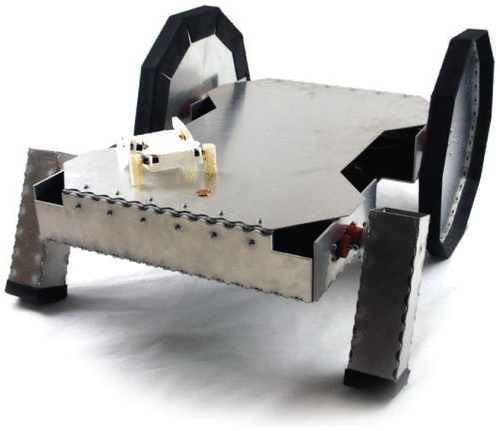MIT Researchers Develop a System that Allows Novice Users to Build Robots
Researchers from MIT’s Computer Science and Artificial Intelligence Laboratory (CSAIL) have developed the “Interactive Robogami” – a system that allows novice designers to design a robot in minutes, and then 3-D print and assemble it in just a few hours.In the paper “Interactive robogami: An end-to-end system for design of robots with ground locomotion,” MIT researchers demonstrated that people of all skill levels can make robots without needing expert knowledge using their Interactive Robogami.
MIT’s Interactive Robogami allows novice designers to determine the robot’s shape from a selection of more than 50 different bodies, wheels, legs, and “peripherals.” The system also allows users to determine the robot’s movement from a selection of different steps.

To ensure that the robot actually works, the system analyzes and makes suggestions about speed and stability to guarantee, for instance, that the robot does not tip over when walking. Once the robot design is completed, the system developed by MIT researchers allows users to bring to life their design by using “3-D print and fold” technique – a process that involves printing the design as flat sheets connected at joints and then folding the design into the final shape.
According to the researchers, the Interactive Robogami enables users to design a robot in just 10 to 15 minutes, three to seven hours to print and 30 to 90 minutes to assemble.
“You can quickly design a robot that you can print out, and that will help you do these tasks very quickly, easily, and cheaply,” said Cynthia Sung, co-author of the paper. “It’s lowering the barrier to have everyone design and create their own robots.”
While the current Interactive Robogami enables users to build robots that can walk, the researchers from MIT-CSAIL plan to enable users to build robots that can fly in the future.
